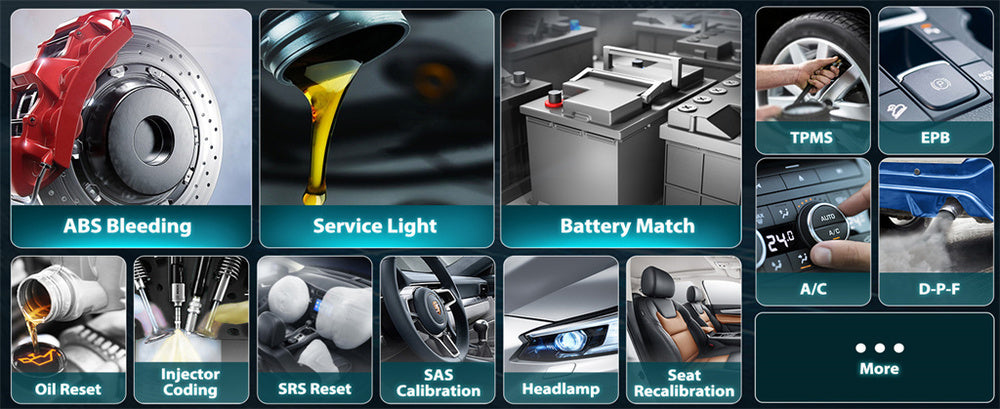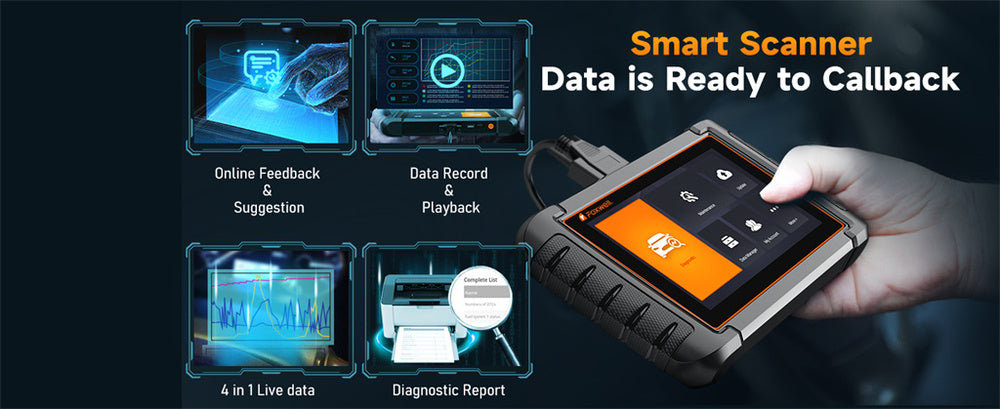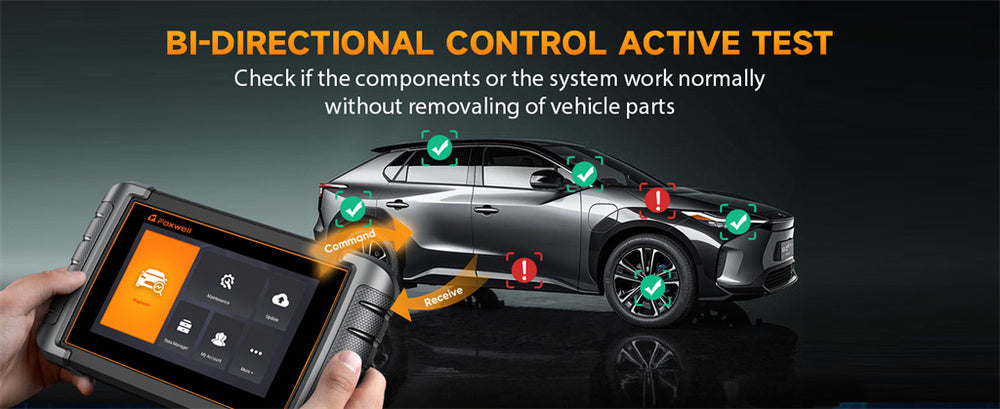Ah, the check engine light—your car's way of saying, "Hey, buddy, something’s up!" It's like that friend who texts you at 2 AM with an existential crisis. You don't know whether to freak out or just hit snooze. But before you panic, let's chat about what to do when that little yellow light decides to make an appearance.
Understanding the Check Engine Light: Its Function and Meaning

First off, let’s be real: the check engine light can mean a million things. It could be as simple as a loose gas cap—seriously, don’t underestimate it!
One moment you're cruising along, and the next, you’ve got a light that could send you into a spiral of worry. So, what’s the first thing to do?
Initial Checks: What to Do When the Light Comes On
Before you pull over and start calling a tow truck, take a breath. Your first step? Check out your dashboard. Is the check engine light alone, or are there other lights flashing at you like a disco?
If it’s just the check engine light, congratulations! You may have dodged a bullet. But if other lights are joining the party, you might want to take it a bit more seriously.
Next up, check that gas cap! It might sound silly, but a loose or broken gas cap is a common culprit. If you just filled up, twist it back on tightly and see if the light goes off. If it doesn’t, don’t start Googling “how to fix a car” just yet.
Common Faults Behind the Check Engine Light
Now, let’s talk about the sounds your car might be making. If it sounds like a cat trying to sing opera, that’s not a good sign. Listen for any strange noises or performance issues. Is it idling roughly? Stalling? If your car is throwing a tantrum, it might be time to stop and get a professional’s opinion.
So what are some common reasons that pesky light is on? Well, you could be looking at an oxygen sensor issue, a malfunctioning mass airflow sensor, or even a catalytic converter that’s gone rogue. Each of these problems can lead to decreased performance or fuel efficiency, which is never fun for your wallet.
If you're feeling a bit more serious about diagnosing the issue yourself, consider investing in a diagnostic tool like the Foxwell NT716. This nifty device can read and clear trouble codes, giving you insights into what’s really going on under the hood.
It’s user-friendly and can help you understand whether you’re dealing with a minor annoyance or a major problem. Plus, being proactive with a tool like this can save you time and money in the long run!
Self-Diagnosis: How to Identify and Solve the Problems
Feeling adventurous? If you want to take a stab at diagnosing the issue yourself, investing in a diagnostic tool like the Foxwell NT716 can be a game-changer.
This user-friendly scanner plugs into your car’s OBD-II port and allows you to read and clear trouble codes directly from the comfort of your driveway.
Imagine being able to pull up codes that tell you exactly what’s going on under the hood instead of guessing or resorting to vague internet searches.
Once you have the codes, you can look them up online or refer to your vehicle’s manual for specifics. Just remember, while the codes provide a solid starting point, they don’t always tell the full story.
A code for a faulty oxygen sensor, for example, might stem from a bigger issue like a fuel leak or a dirty air filter. So, use the information wisely, and don’t hesitate to consult a professional if things seem beyond your DIY expertise.
Maintenance Tips: Preventing the Check Engine Light from Turning On
Prevention is always better than cure! To keep that pesky check engine light from ruining your day, consider a few proactive maintenance habits. First, adhere to your vehicle’s service schedule.
Regular oil changes, fluid checks, and filter replacements can make a world of difference in your car’s performance and longevity.
Also, keep an eye on the small stuff. Regularly inspect your gas cap; it should fit snugly and not show signs of wear. A small investment of time can prevent that light from turning on.
Additionally, pay attention to your driving habits. Smooth acceleration and gentle braking not only help your fuel efficiency but also reduce strain on your engine and other components.
Finally, don’t overlook the importance of a clean engine. Dust and debris can affect various sensors and systems. Regularly cleaning your engine bay and checking for leaks can help you catch potential issues before they escalate.

When to Seek Professional Help
So, when should you really hit the brakes and call a mechanic? If the check engine light is flashing, it’s a clear indicator that you have a serious problem on your hands.
Flashing lights mean immediate action is required—stop driving! This could be a sign of engine misfires or other severe issues that can lead to more extensive damage if ignored.
If the light remains steady but your car is making unusual noises, stalling, or exhibiting any kind of erratic behavior, don’t hesitate to schedule a visit to a mechanic.
Remember, your car is a complex machine, and sometimes the root cause of a problem isn’t obvious.
A professional will have the experience and tools necessary to diagnose and repair the issue effectively. In the long run, catching problems early can save you significant time and money, not to mention the peace of mind that comes with knowing your vehicle is safe and sound.
Conclusion
In the grand scheme of things, the check engine light isn’t the end of the world. It's just your vehicle trying to communicate with you. Treat it with respect, keep up with maintenance, and you might just keep your car out of the shop and your wallet happy.
So, the next time that little light flickers to life, take a deep breath, check the gas cap, and don’t forget to listen to your car—it might just be trying to tell you something important. Safe travels!
FAQs
What is the most common cause of a check engine light?
The most common cause is a loose or faulty gas cap, which can lead to fuel vapor leaks that trigger the check engine light.
What is the solution for a check engine light?
Start by checking the gas cap to ensure it's tightly secured. If the light remains on, use an OBD-II scanner to read trouble codes or visit a mechanic for a professional diagnosis.
What is done first when the check engine light is illuminated?
First, check if the gas cap is loose or damaged. If that doesn’t resolve the issue, observe the car's performance and, if needed, use a diagnostic tool to identify the cause.




Leave a comment
This site is protected by hCaptcha and the hCaptcha Privacy Policy and Terms of Service apply.